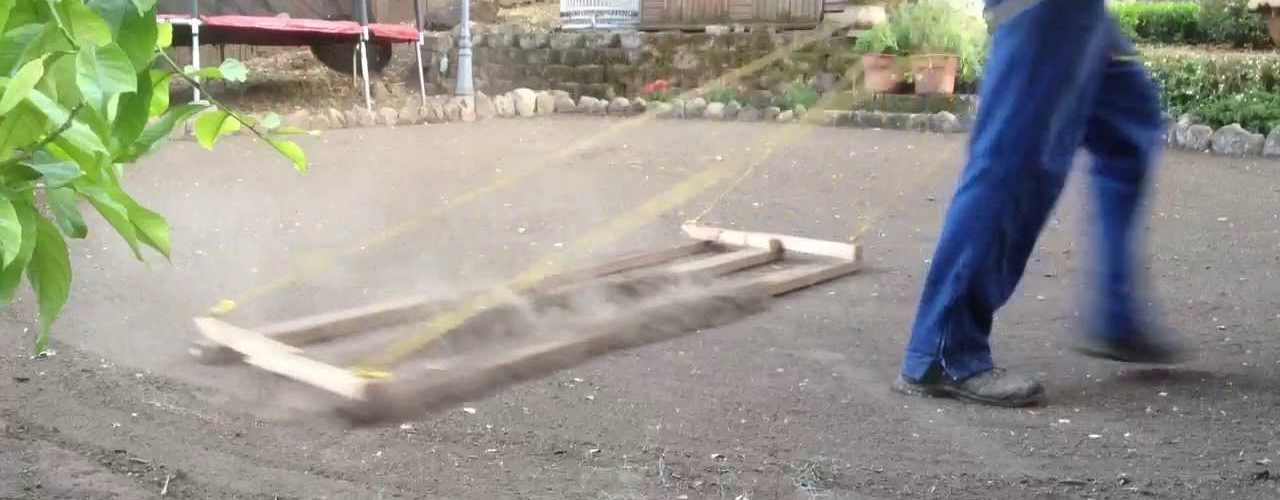You may need to level a yard for a playset, pool, patio or shed. Leveling a yard is not difficult and doesn’t
require calling in a backhoe service for $65 to $75 an hour. To save money on landscaping, level a yard yourself using a garden tractor with a box blade or just a shovel and a rake.
Remove the Grass and Grass Roots
Push a shovel a few inches into the ground around the uneven area to cut an outline. You can also use athletic field and ground marking paint to outline the area you want to level. Choose water-based paint rather than solvent-based. Water-based does not contain lead, is non-toxic and safe for the grass and soil. Once you have the outline, remove the sod in sections, making sure to cut through and lift the roots as you shovel. Dispose of the turf or keep the roots damp and shaded for replanting after the yard is leveled.
Level and Even Out the Existing Soil
To avoid irregular and patchy growth of grass, try not to bring in any new soil. Topsoil purchased by the truckload from an outside source is mixed differently and may contain large amounts of sand and rock, which will cause growth and drainage issues. Using a small garden tractor and box blade or the head of a shovel and a rake, scrape and loosen the existing exposed dirt. Continue to move the soil around, smooth over and flatten until it appears level with the rest of the ground. If more soil is needed to level lower areas, simply use a small amount of potting soil that can be purchased by the bag from a local garden center or nursery.
Replant the Lawn or Lay Down the Sod
Water down the leveled soil lightly and cover with a starter fertilizer, which is high in phosphorus, and a soil conditioner or compost. Work the fertilizer and soil conditioner into the soil by gently raking over it and pat down with a shovel head or a roller. Use a hand seed spreader to spread 1/4 of the bag of grass seed over the prepared soil. If it is a large area, repeat until the grass seed is gone, each time spreading in a different direction. Rake just enough of the loose dirt over the grass seed to cover it, pat or roll down and lightly water. You will need to continue to water the grass seed a couple of times per day, even after it sprouts. Instead of planting grass seed after you fertilize and condition the soil, you can choose to lay the sod that was removed from the area if it still completely covers the newly leveled ground. Reduce watering as soon as the grass has finished growing in or the sod has fully taken hold.
<>



